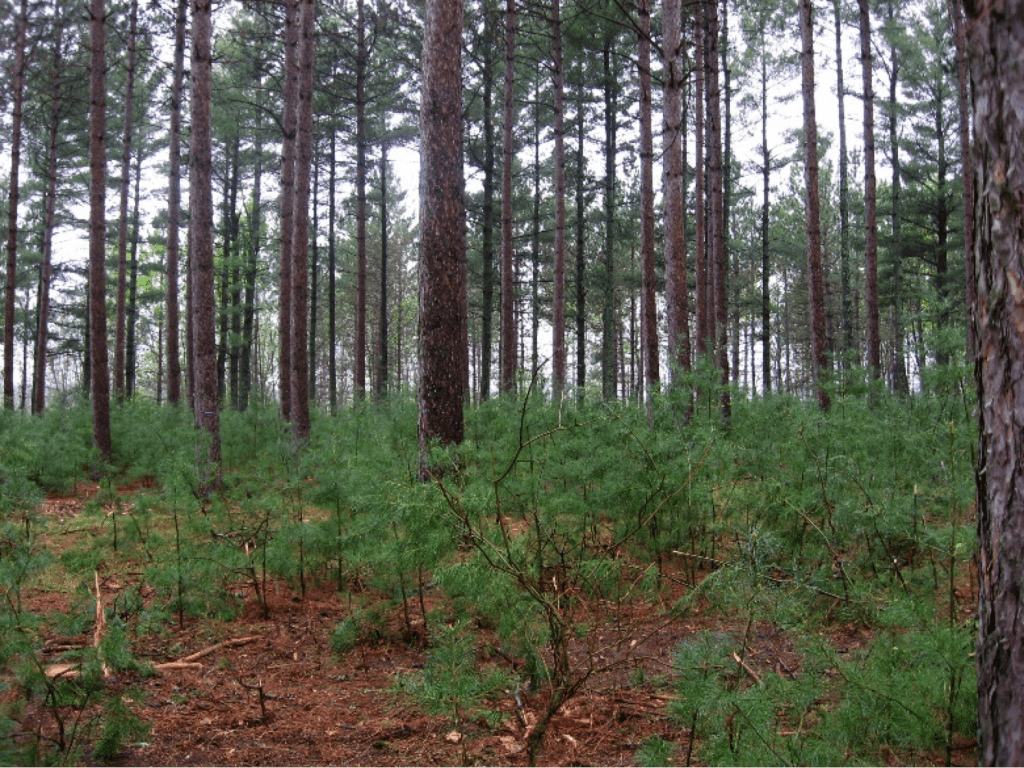
More than 5 million acres of land in Minnesota are managed by the Department of Natural Resources. Of that, approximately 2.75 million acres are available for timber harvest and other revenue-generating activities. In 2016, about 800,000 cords of wood were harvested from state-owned land (in addition to logging on federal, local, and private land). At the urging of the forest products industry and the direction of Governor Mark Dayton, the DNR is now analyzing the possibility of increasing the annual harvest by 25 percent to 1 million cords.
A comment period on a draft analysis of increased logging is open until Dec. 30.
“This is the public’s opportunity to review the computer modeling data, see the broad range of factors that go into making this decision, and provide meaningful input,” said DNR Forestry planner Jon Drimel. “The analysis does not identify a recommended sustainable harvest level. Rather, it presents a range of possible harvest scenarios and the effects that varying levels of timber harvest are projected to have on the forest economy, forest ecosystems, watersheds and other indicators of forest health.”
A 12-member advisory group has been working with the DNR to guide the proposal. It includes representatives of logging, conservation, hunting, the University of Minnesota, and other stakeholder groups.
Forest values
The stakeholder group developed a set values that should be considered in the analysis:
- Timber productivity
- Natural resource economies
- Biodiversity
- Water quality
- Wildlife habitat
- Forest health
The DNR hired Oregon consulting firm Mason, Bruce & Girard to analyze the options. The company found that all of the acres available under current legal and regulatory restrictions could produce 880,000 to 910,000 cords per year.
But, as the six core values listed above were applied to the analysis, the potential harvest declined. Particularly if efforts are made to preserve biodiversity and older forest habitat, timber volumes would be reduced by as much as 40 to 50 percent over the next 20 years, to an annual harvest level of roughly 600,000 to 700,000 cords.
The DNR intends to deliver a final report and decision on the sustainable harvest level will be delivered to the Governor and the Legislature by March 1.
Comment on the draft analysis:
The report and background information are available at this link.
- Deadline: December 30, 2017
- Online: Public comment survey
- Email: stha.dnr@state.mn.us
- Mail: Sustainable Timber Harvest Analysis, Department of Natural Resources, 500 Lafayette Road, St. Paul, MN 55155
DNR video explaining project:

